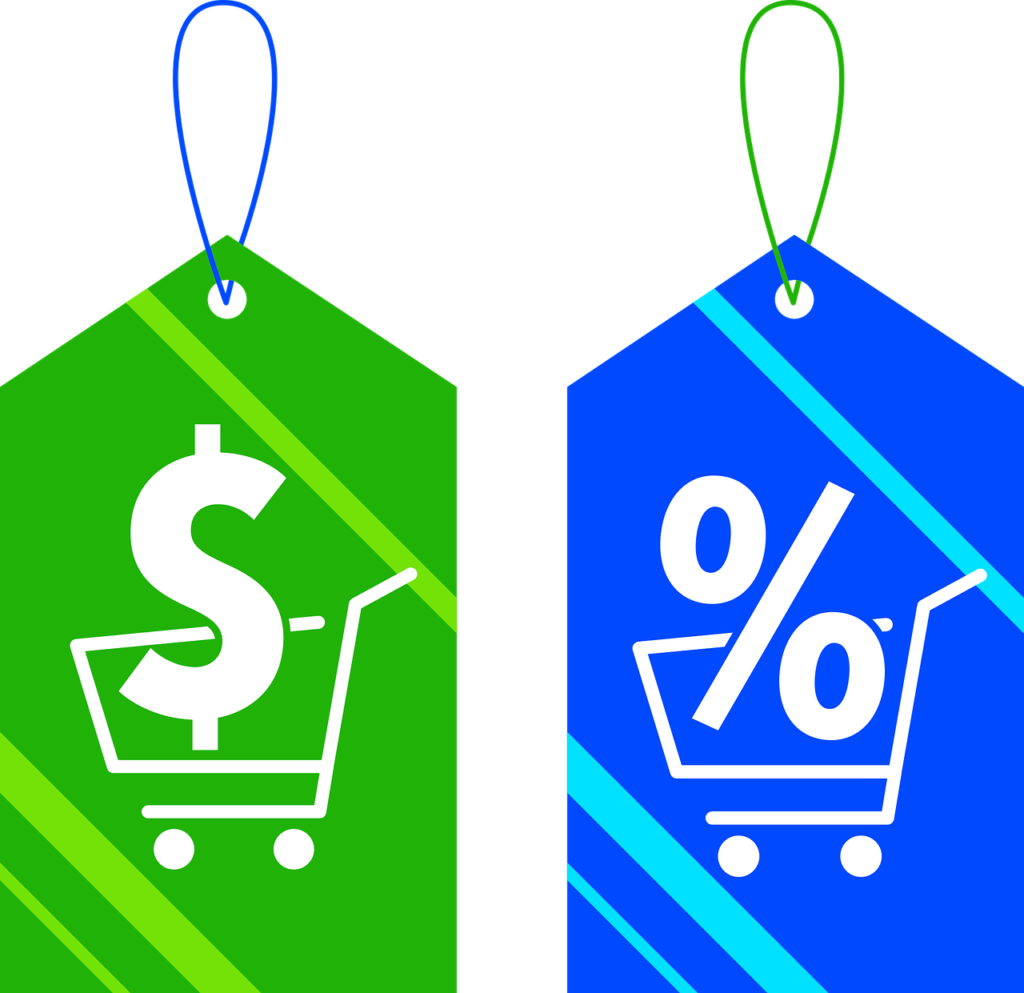Businesses are always looking for new ways to build and promote their businesses, and that often relies on successful marketing campaigns. Coupons are not something that are new to businesses and consumers, however, as many industries transition into the digital world, digital coupons and voucher codes have become the latest craze – with discount websites such as Groupon becoming a booming web business.
It’s now become accustom for e-commerce websites to ask for discount codes at the checkout stage of purchases – it encourages consumers, even those who don’t necessarily have a discount code already, to look for valid codes to get their products cheaper. Whether it’s a promotional code, student discount or an exclusive ‘birthday discount code’, most of us can admit to having used a discount code at some point when shopping online – and offline.
So, in the era of extreme couponing and group deals, what do these bargains actually mean for both businesses and consumers?
Why do companies use voucher code strategies?
Independent companies often use discount codes to entice their consumers to buy their products and stand out against competitors in a crowded market – usually offering a ‘limited time only’ code. Vouchers can be a very smart strategy for those that are competing for business. Some companies find that by offering as little as an extra 10% off, they can secure a sale with their business over their competitors. In fact, merchants with an active discount are eight times more likely to secure a sale – and 17% of total sales in 2016 were transactions that used a discount code.
They help solve some of the biggest challenges in the world of e-commerce – customer acquisition and retention, especially with social media discount campaigns. Voucher codes have also been shown to help build brand awareness for a company as it encourages consumers to follow your business across social networking apps, such as Facebook and Instagram.
Whilst e-commerce has played an intrinsic part in most industry’s success, voucher codes are not only found online and in your email box. Companies also use voucher codes to reward existing customers and encourage them to return for more business. Retail businesses such as fashion giants ASOS, Missguided and Boohoo often include voucher leaflets in delivered parcels to their customers. This also helps towards customer retention.
The majority of companies manage their own voucher codes and disperse them when and where they see fit. However, the likes of Groupon and other voucher code websites have entered the e-commerce marketplace and have become a one-stop shop for many consumers looking for the latest deals and discount codes for their favourite shopping sites. In Q2 of 2017, Groupon had over 48.3 million unique customers visiting their site. It is clear that consumers have become accustomed to using discount codes when they shop.
Do they really save consumers money?
Whilst it appears that consumers rely on discount codes and coupons to save them money when shopping, some consumers are questioning how genuine the ‘savings’ are, and whether they are just marketing gimmicks?
When Which? investigated, they found that many discount codes on websites such as Groupon and VoucherCode.co.uk are actually out of date, or simply didn’t work at all. However, Mark Pearson, owner of myvouchers.co.uk, said: “The majority of our listings are official codes direct from retailers, but we see it as our job to list any code that has a chance of working so, if a code comes from a consumer, we’ll check it works and then list it as ‘user-generated’, making clear we can’t guarantee how long it will work.”
Many e-commerce websites that do offer working discount codes are for a ‘limited time only’, encouraging customers to act now. Most codes don’t last forever. Fashion websites in particular regularly email their users with a working discount code to retain their customers, and encourage shopping. Most often, 10% and 15% discount codes are given out – brands can afford to let their consumers make the saving if it’s encouraging more sales, and means they get the business over their competitors.
Takeaway companies, meanwhile, often use direct mail to encourage locals to order from their takeaway restaurant over other local competitors – from leaflet distributionleaflet distribution campaigns to text messages and emails. Chain takeaways such as Domino’s are known for offering deals and discount codes on their fast food. With Domino’s, their ‘buy one get one free’ discounts and ‘Two for Tuesdays’ are guaranteed to save their customers money. Again, takeaway discounts are also normally for a limited time only.
Should small merchants join in?
For SME’s and start-up retailers, giving out discounts can be daunting, as owners ponder if it will be worth a potential ‘initial’ loss if they are still trying to reach profit.
However, as previously mentioned, discount codes are good as ‘introductory offers’ to encourage users to sign up to your newsletter, place their first order or recommend you to a friend. The big decision is when to activate a discount code for your customers, and for how much. If used haphazardly, it could make your business unprofitable. If used correctly though, it can increase customer acquisition, increase conversion and increase customer loyalty.










